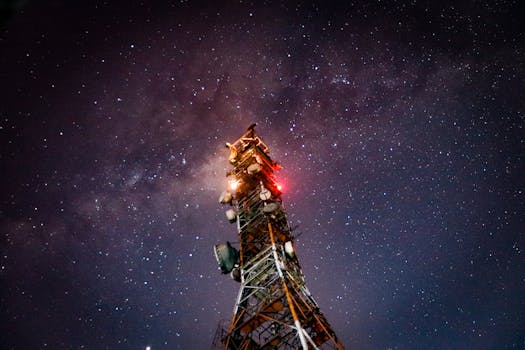
Starlink: Revolutionizing Global Internet Connectivity with Satellite Technology
Starlink, a satellite constellation developed by SpaceX, is poised to revolutionize the way we access the internet. With its ambitious goal of providing high-speed, low-latency internet connectivity to every corner of the globe, Starlink is set to bridge the digital divide and transform the way we communicate. In this article, we will delve into the world of Starlink, exploring its history, technology, and potential impact on global connectivity.
Introduction to Starlink
Starlink was first announced in 2015 by SpaceX, with the aim of creating a network of low-Earth orbit satellites that would provide fast and reliable internet connectivity. The project has been in development ever since, with numerous launches and tests conducted to refine the technology. The Starlink constellation is designed to consist of thousands of satellites, each weighing around 260 kilograms, which will be launched into orbit using SpaceX’s Falcon 9 rocket.
How Starlink Works
So, how does Starlink work? The satellite constellation uses a combination of advanced technologies, including phishing-resistant cryptography and beamforming, to provide secure and efficient data transmission. The satellites are equipped with Hall effect thrusters, which allow them to maintain their position and altitude in orbit. The user terminals, which are small and compact, use advanced beamforming technology to communicate with the satellites, providing a high-gain and low-latency connection.
Benefits and Potential Impact
The potential impact of Starlink on global connectivity is vast. With its ability to provide high-speed internet access to remote and underserved areas, Starlink can help bridge the digital divide and bring people closer together. The technology can also be used for a variety of applications, including emergency response, disaster relief, and environmental monitoring. Furthermore, Starlink can provide a reliable and secure connection for businesses and governments, enabling them to communicate and transfer data efficiently.
Challenges and Controversies
While Starlink has the potential to revolutionize global connectivity, it also faces several challenges and controversies. One of the main concerns is the potential for space debris, as the large number of satellites in the constellation can increase the risk of collisions and debris in Earth’s orbit. Additionally, there are concerns about the impact of Starlink on astronomy, as the satellites can interfere with telescopes and other astronomical equipment. SpaceX has been working to address these concerns, implementing measures such as de-orbiting satellites at the end of their life and using darkened satellites to reduce reflectivity.




